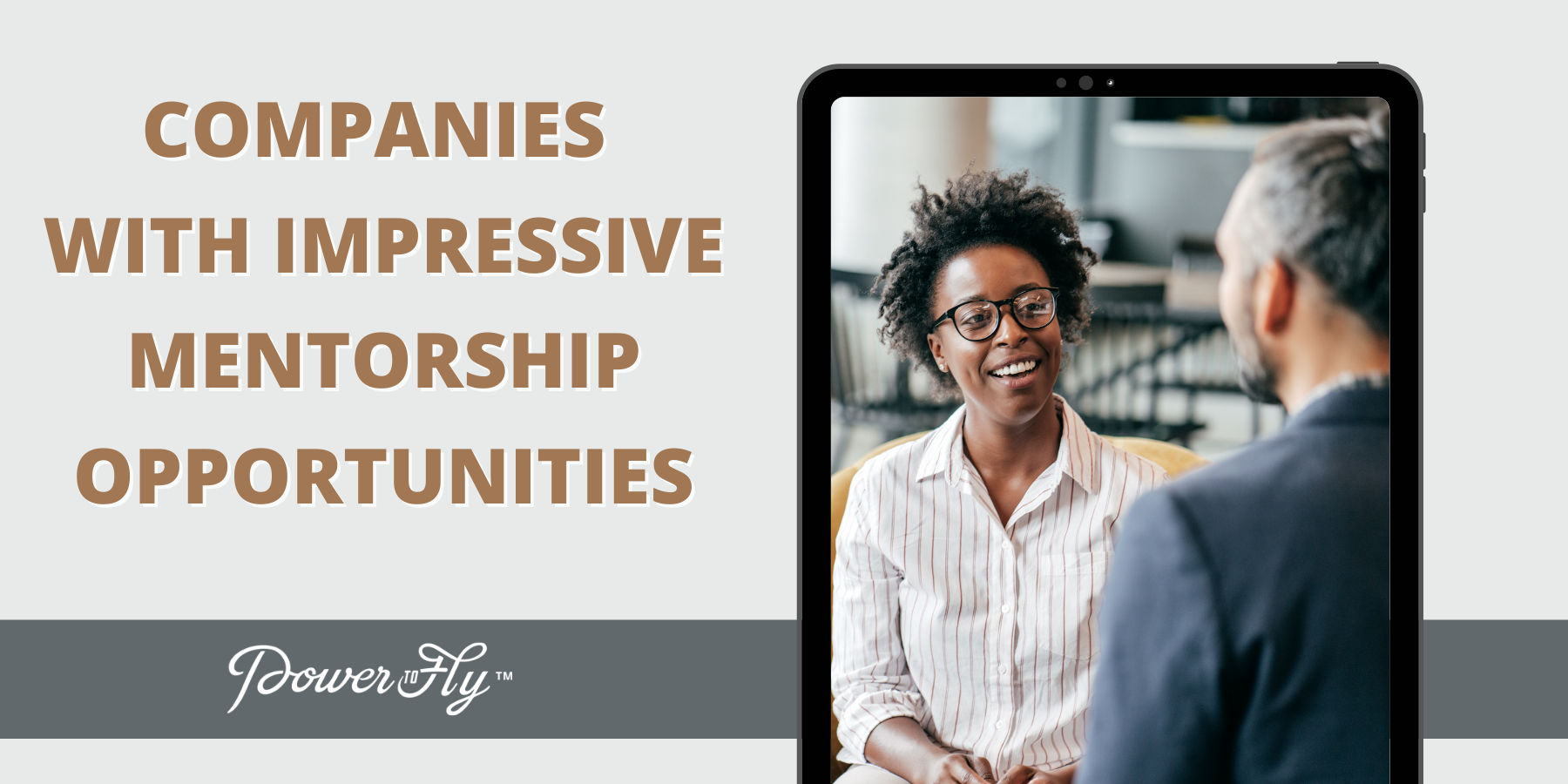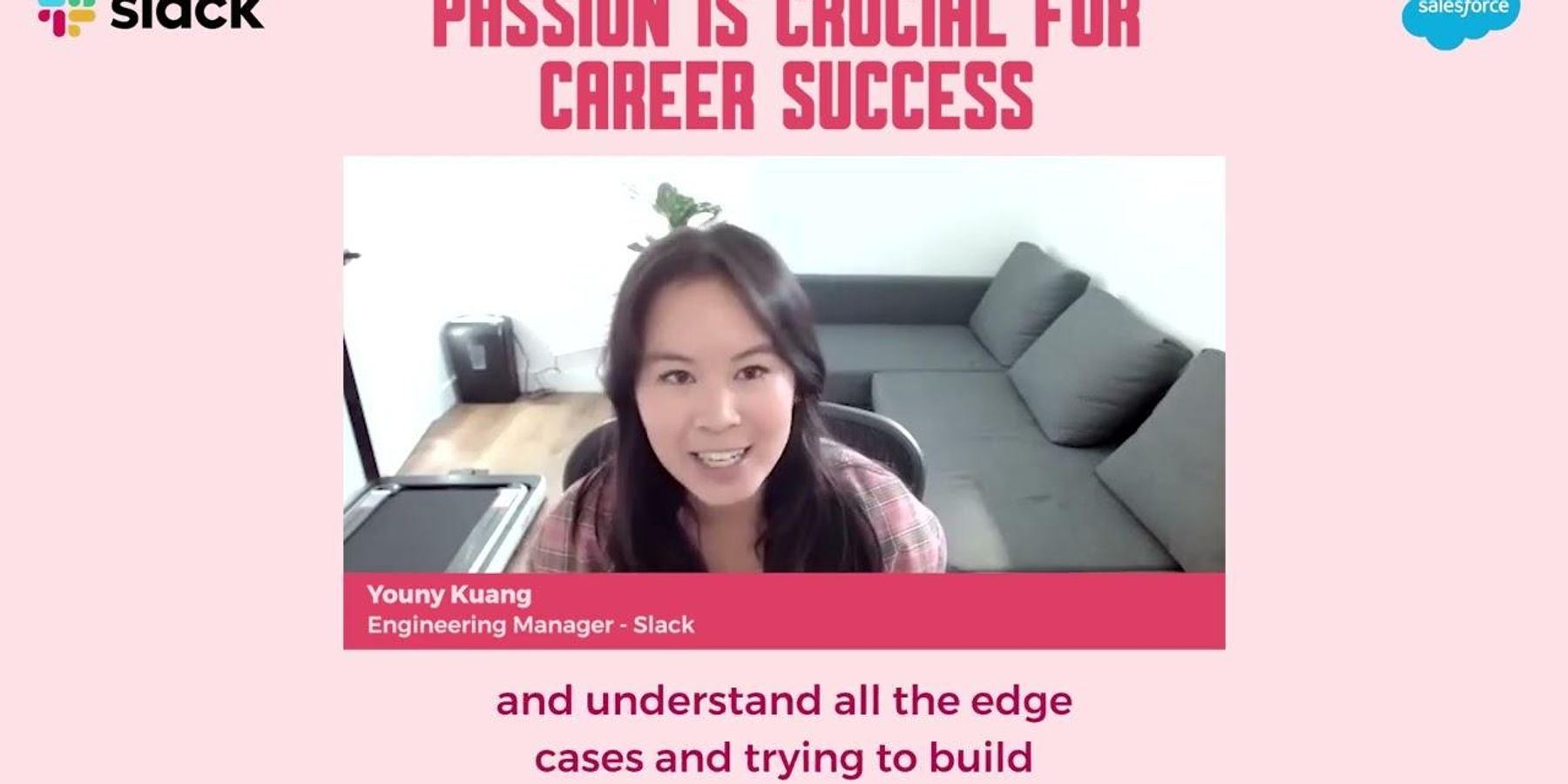It’s almost become cliche by this point — you need a job to get experience, but you can’t get a job without experience. I discovered that first-hand myself this year as I was wrapping up my freshman year of college. I struggled to find an internship because of my limited coursework and experience in my fields of interest — computer science.
Even though I successfully leveraged my transferable skills such as leadership and problem solving to land a marketing internship at PowerToFly this summer, not all of my friends have been so lucky.
My friend Annabel French also just finished her freshman year of college, and was having difficulty figuring out how to get an internship with no experience.
Annabel has been interested in engineering ever since she started spending time in her father’s office as a kid. She would watch his colleagues go back and forth as they designed models of wheelchairs that could be used in cities. Often, she felt an urge to interrupt and express her opinion. She loved the problem-solving process of her father’s job as an engineer.
She wanted to get an internship in engineering this summer, but didn’t think she was qualified because she has, in her words, “no relevant experience.” To earn money growing up, Annabel raked neighbors' leaves in the fall, shoveled snow in the winter, and mowed lawns in the spring. She also spent time working at a restaurant. These jobs taught her a lot about responsibility, teamwork, and communication, but she’s convinced they won’t help her achieve her goal of trying out engineering. Not so fast, Annabel.
So how can she get an internship with no experience?
Read on for five key steps that Annabel – and you! – can follow to land your dream internship with no experience.
Key One: Think about what interests you.
Annabel has always loved her logic classes, so she wants to find an internship that exercises the same parts of her brain. Even though she hasn’t completed the coursework needed to become an engineer, she can still apply for jobs that are focused on problem solving, such as a worker at an IT help desk, events planner, or operations assistant.
To identify what internships might interest you, consider the following:
- Which classes do you like most at school?
- What would you like to learn more about?
- What are things you can't stand?
- What companies intrigue you?
Exercise: You can set a timer for 2 minutes and make a T chart with companies you would and wouldn't like to work for. Categorize each company you think of on one side of the chart or the other. Afterwards, review the chart. What do the companies you would like to work for have in common? What about those you wouldn't?
Key Two: Build a strong resume.
Identifying and amplifying transferable skills is an essential part of getting an internship with no experience. Annabel worked as a hostess at a restaurant, so on her resume she chose to highlight her leadership skills that would be beneficial as an engineer.
Consider this if you have ever worked as a:
- Restaurant Host
“Successfully arranged private parties to give members exceptional experiences”
- Babysitter
“Designed creative games for the children to have fun while learning”
Exercise: Both these examples follow the APR (Action, Project, Result)
- Action: Arranged
- Project: Private Parties
- Result: to give members exceptional experiences
Think of a list of relevant action words and give the APR solution a try!
Key Three: Network!
Annabel told EVERYONE she knew that she was looking for work. She spoke to her neighbors from the dog park, told her parents' friends, and mentioned it to professors and classmates. In addition to that, asking to shadow people is a great way to understand what it's like to work in a certain field, and most people are more than happy to talk about their work. Annabel could, for instance, ask her dad's colleagues if she can work alongside them for a day.
To recap, here are three effective ways to network:
- Tell teachers, friends, your parents' friends, your neighbors, etc., that you're looking for work
- Post on LinkedIn
- Ask to shadow
Exercise: Create and practice a 30-second elevator pitch that you would say to other people to help them understand who you are, what you like doing, how you do it, and how the results of your work make you unique. Don’t undersell yourself!
Key Four: Apply.
After networking, Annabel heard about a job in a furniture showroom from a family member and decided to apply. Though the application said “Cover Letter Optional,” she decided to write one to elaborate on the skills highlighted on her resume and demonstrate why she would be a great addition to their team. This also gave her a leg up from the other applicants who did not write one.
Key Five: Practice for the interview.
Once Annabel got an offer for an interview, she prepared by practicing questions with her friends. While answering questions, it is important to use specifics and provide interviewers with detailed situations that you dealt with. You can use the STAR method to assist you with this. Remember that though you are new to the workforce, employers wouldn’t have invited you to the interview if they didn’t think you could potentially be good for the job. That said, be confident!
After the interview, always remember to send a thank you note, and you can even highlight specific parts of the conversation that stuck with you.
Though Annabel had no experience in the workforce, going through the five steps for how to get an internship with no experience helped her get one at the furniture showroom. If you are still struggling with how to get an internship with no experience, you can explore great resources that PowerToFly offers, like the Early Career Connections September Summit or a Virtual Job Fair.




